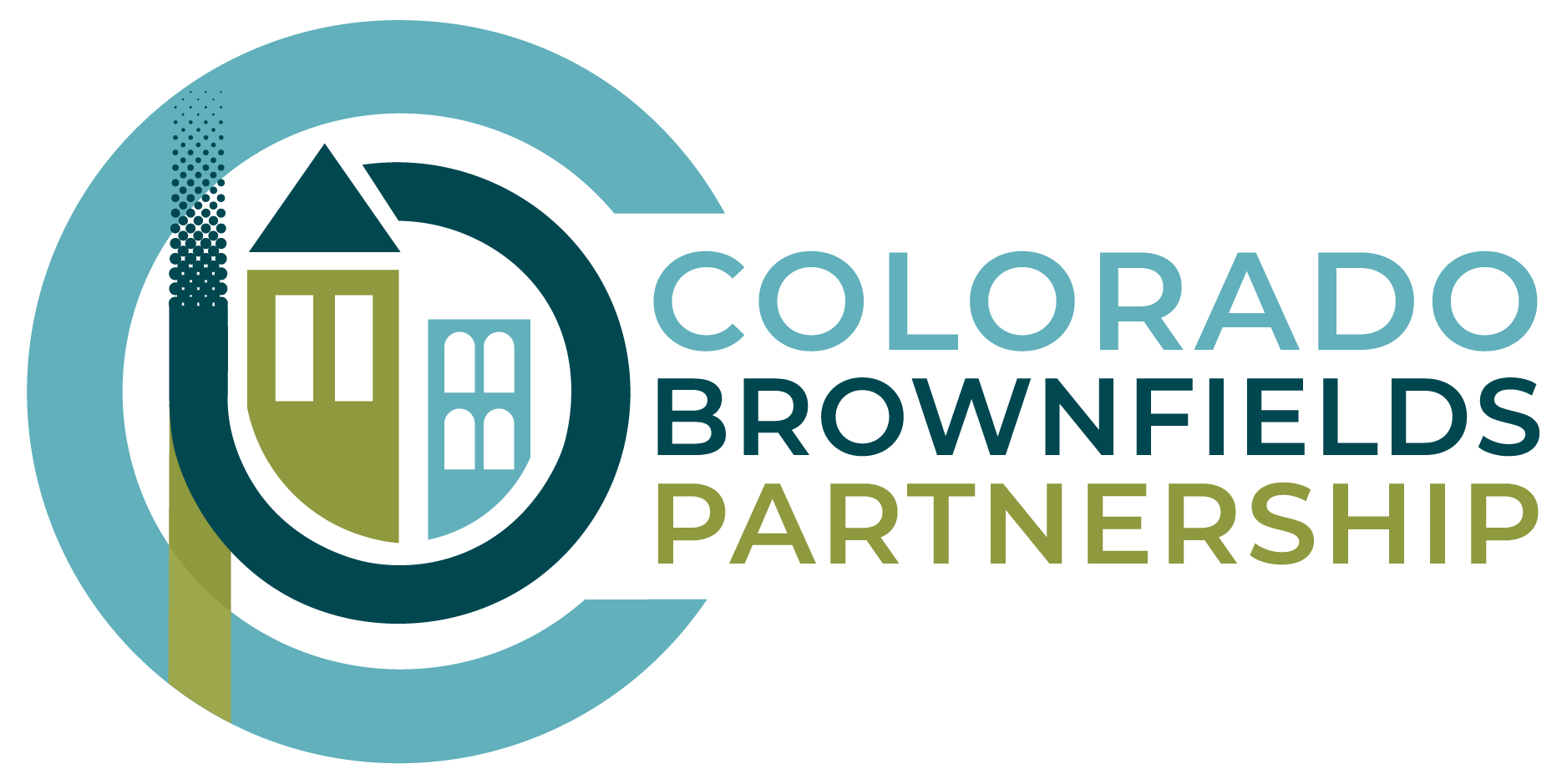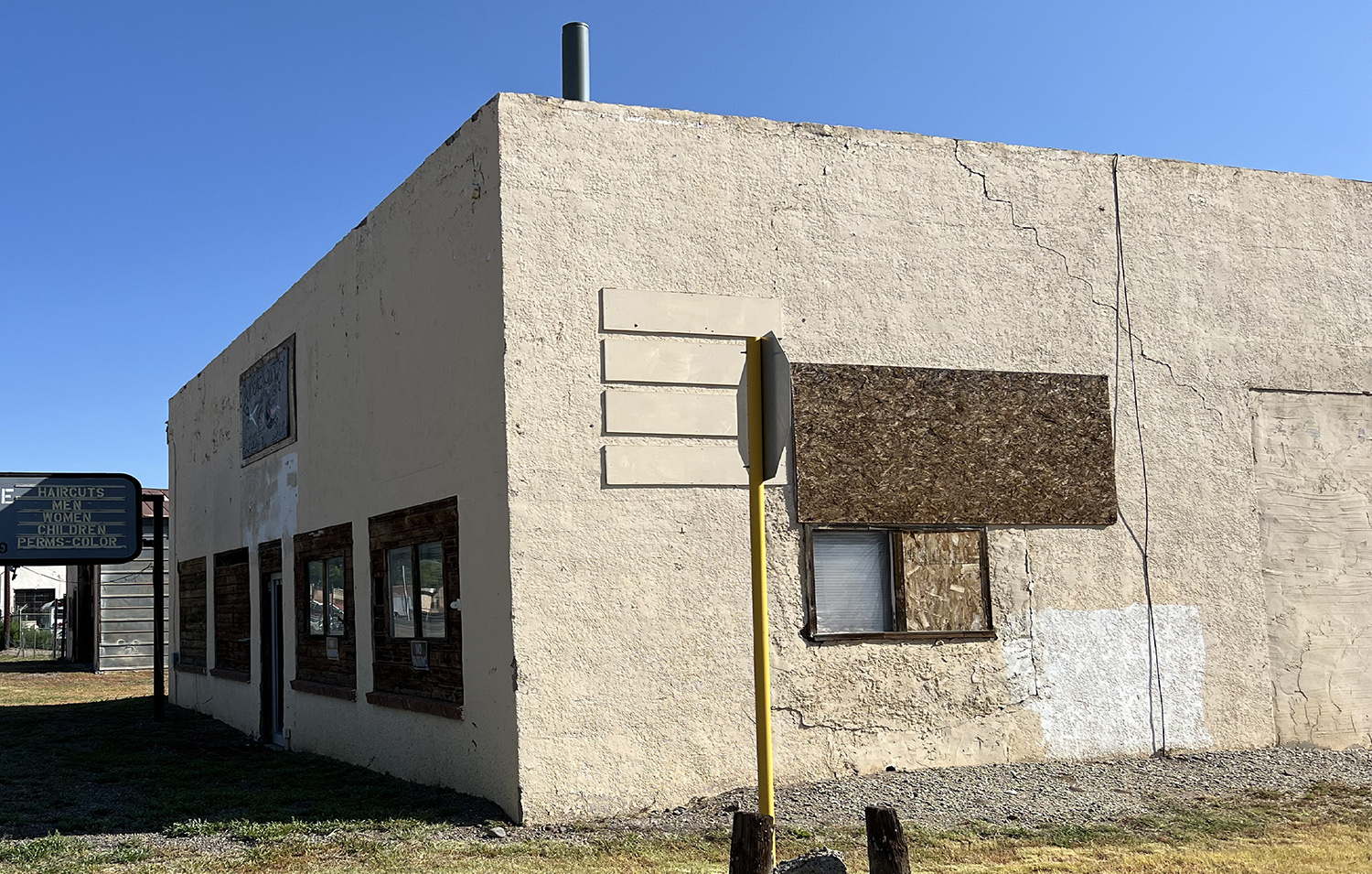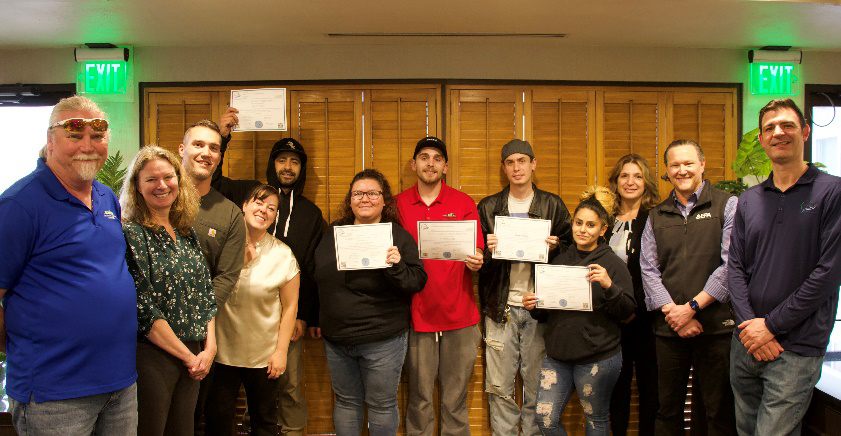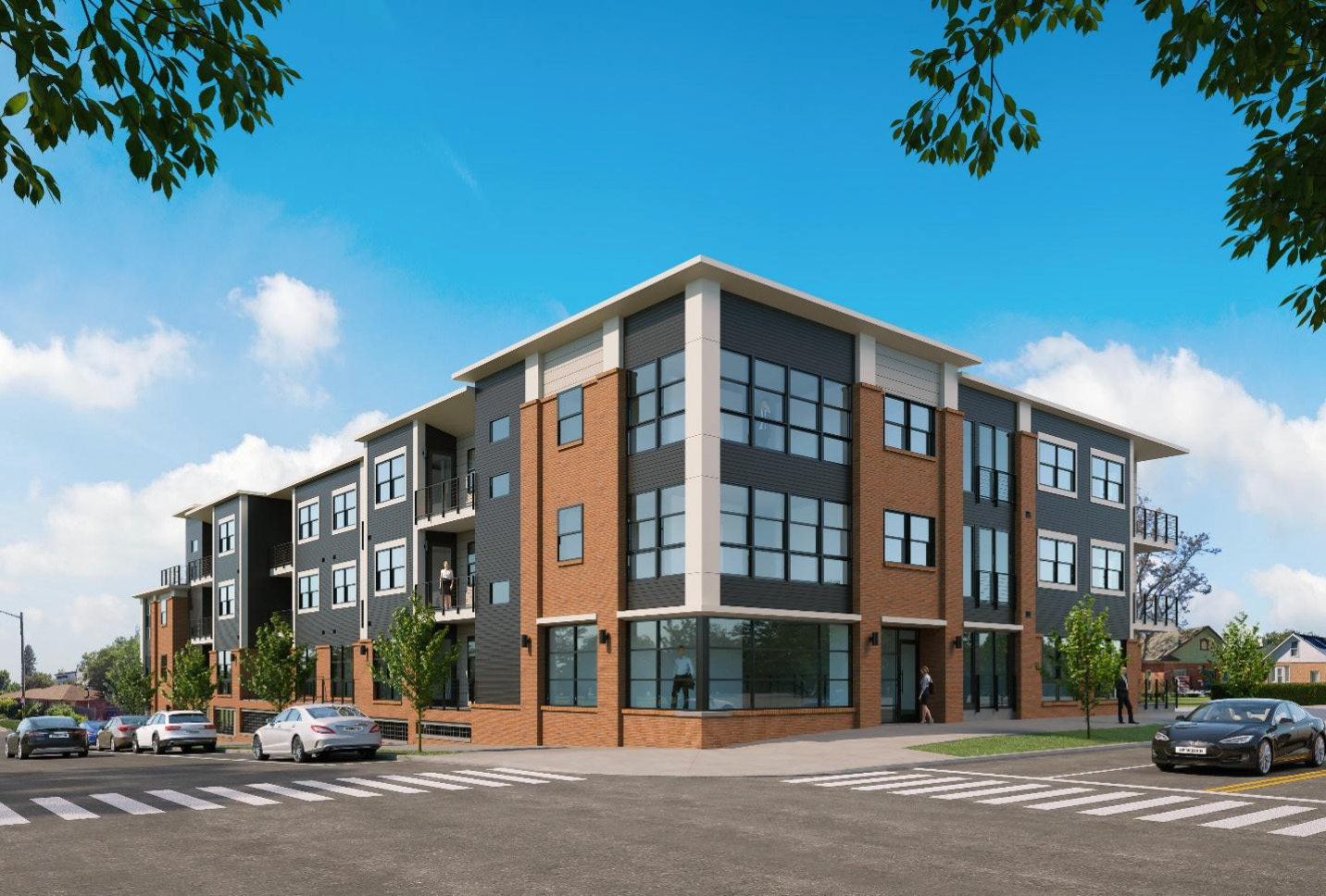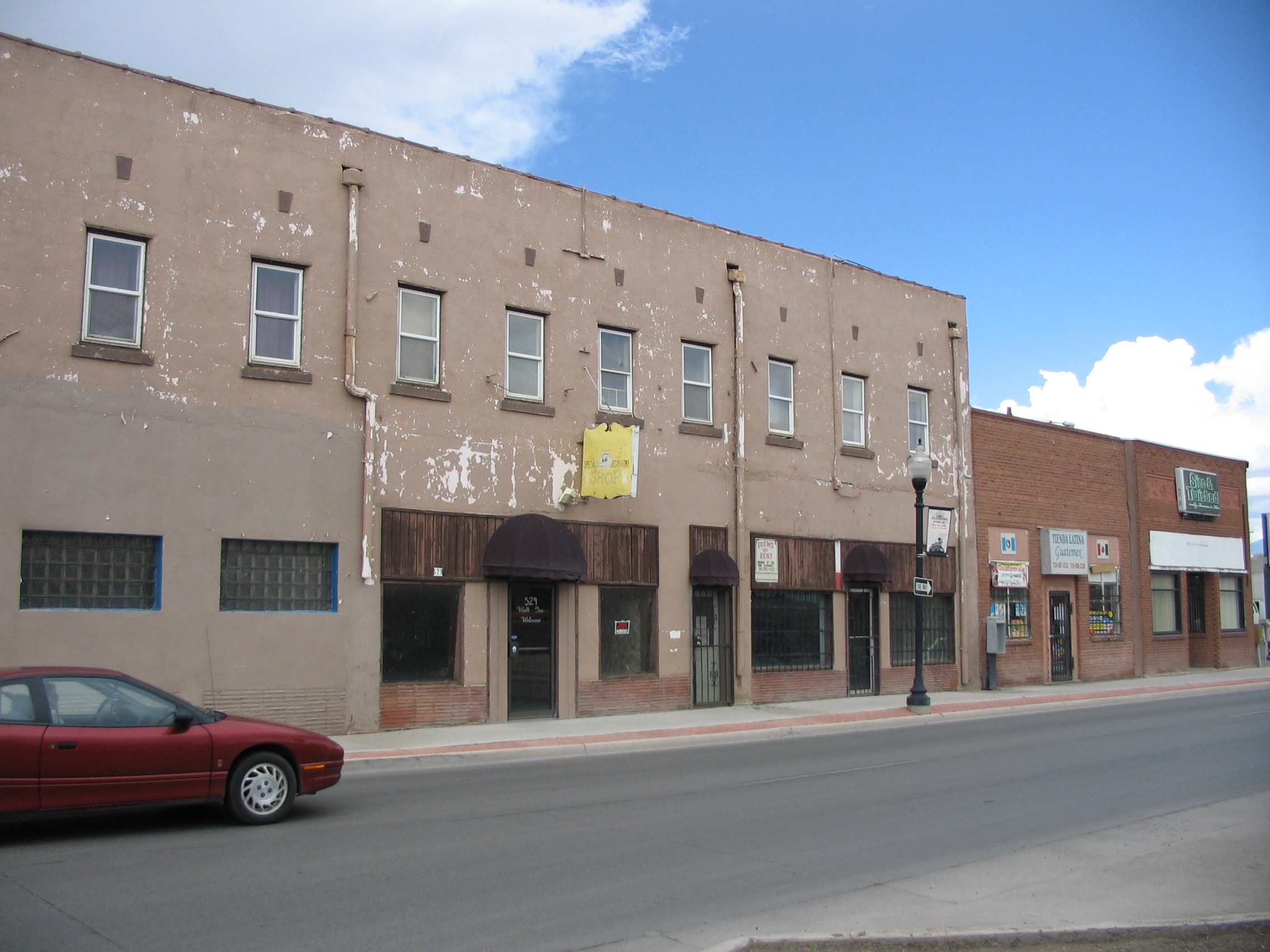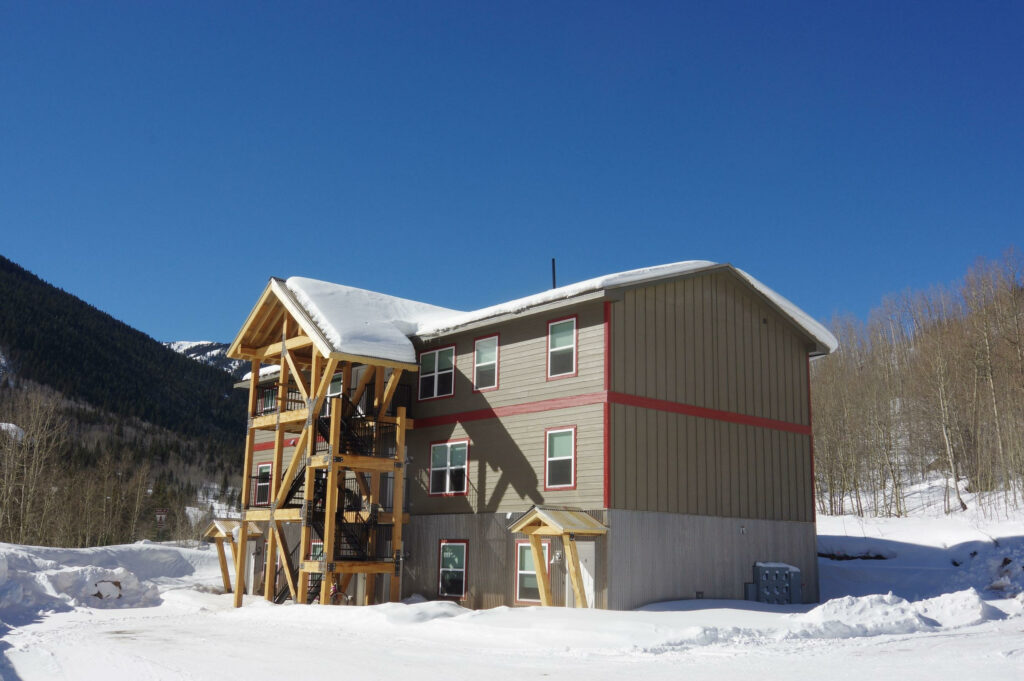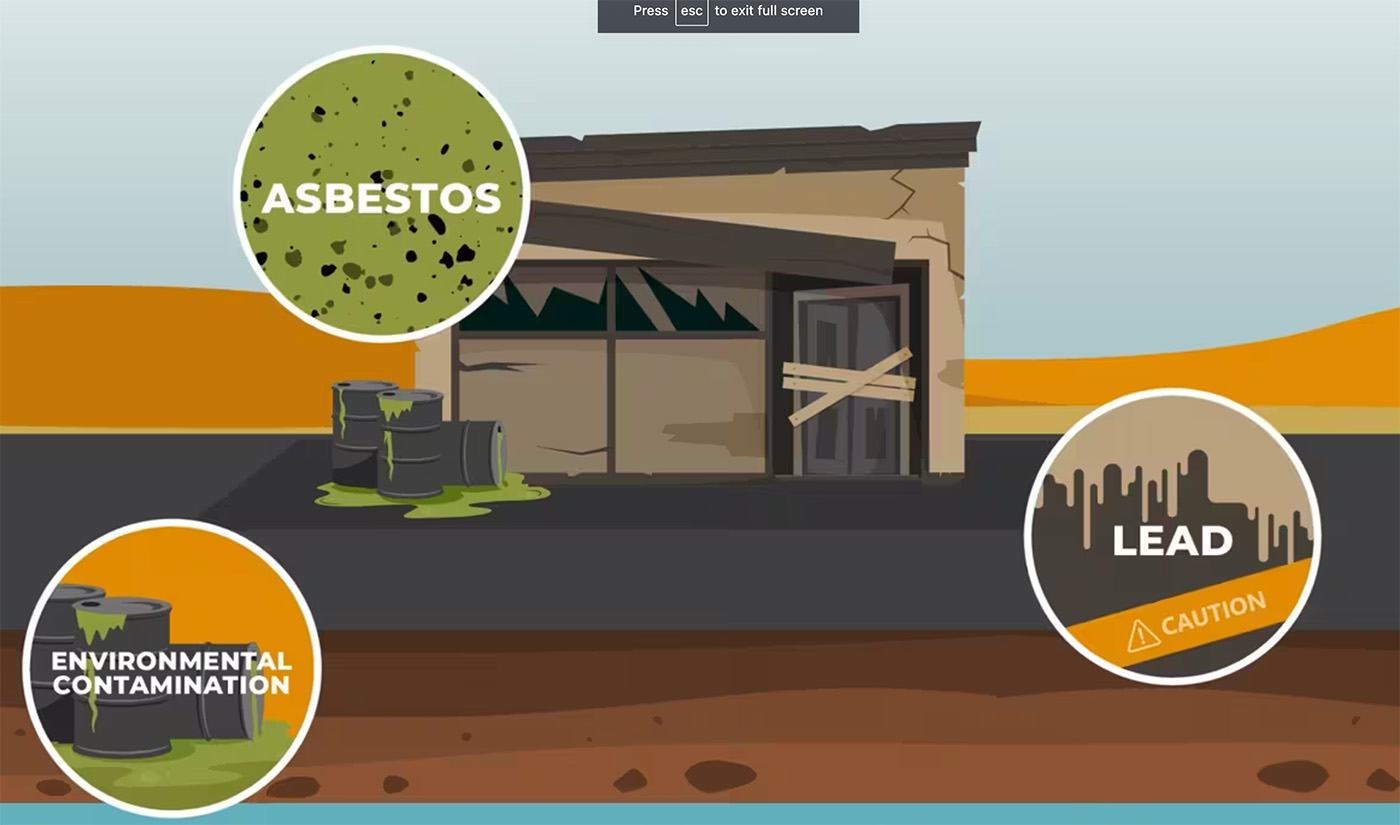Attention Community Brownfield Leaders and Change-makers!
EPA’s NEW Community Change Grants program is a groundbreaking funding opportunity that aims to catalyze transformative change in your community. Over $2 billion dollars in Inflation Reduction Act (IRA) funding is available to support community-driven projects that build capacity for communities to tackle environmental and climate justice challenges, strengthen their climate resilience, and advance clean energy. What’s more, the funding opportunity also provides new possibilities for funding additional aspects of brownfields projects!
The solicitation is open now, and will close November 21, 2024. EPA is accepting applications on a rolling basis. Read the announcement for the Notice of Funding Opportunity here. Community Change Grants are available for Community-Based Non-Profit Organizations (CBO), Local Government (in partnership with a CBO), Federally Recognized Tribe (in partnership with a CBO), and Institutions of Higher Education (in partnership with a CBO).
Community Change Grant Highlights:
Track I: aims to support around 150 large-scale, community-driven investment projects, offering grant awards ranging from $10 million to $20 million. This track emphasizes public participation, inventory management, groundwork, and strategic planning. In the realm of brownfields, Track I initiatives might involve the development of brownfields inventory work and inclusive planning processes to foster green space, or the identification of brownfield sites through comprehensive inventory efforts.
Track II: aims to fund approximately 20 engagement projects, with grant awards ranging from $1 million to $3 million. Projects under Track II must not exceed a duration of three years. This track focuses on specific projects such as enhancing climate resilience, promoting increased weatherization of buildings, or implementing community-wide solar panel installations.
Brownfield Specific Examples May Include:
- Build and / or upgrade existing structures and sites to improve community use while reducing GHG emissions and / or improving climate resilience.
- Implement greening efforts (tree-planting, park construction or renovations, community garden developments, etc.) that mitigate GHG emissions and / or improve climate resilience.
- Install low or zero emission energy infrastructure such as solar and storage.
- Conduct deconstruction and green demolition activities to support adaptive reuse or new construction. Applicants can refer to EPA’s Climate Smart Brownfields Manual for information about green demolition activities.
- Acquire land to enable a brownfield redevelopment that has emissions mitigation and / or climate resilience benefits.
Need help taking advantage of this opportunity?
Technical assistance (TA) is also available for eligible entities for all stages of the Community Change Grants process. This may include support for application preparation, capacity building, project planning, and beyond. Learn more about TA for Community Change Grants Here.
The Community Change Grants Program is about empowering communities to revitalize brownfields, strengthen climate resilience, and propel clean energy and other climate initiatives forward. This funding opportunity is a game-changer for communities ready to roll up their sleeves and drive meaningful change. More than just funding; it’s a platform for empowerment, collaboration, and innovation. Together, let’s transform brownfields into vibrant hubs of sustainability, resilience, and equity.For more information and to apply for the grant, visit EPA’s Community Change Grants Program page, and apply here by November 21, 2024!
